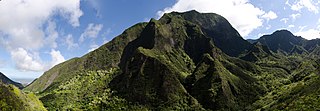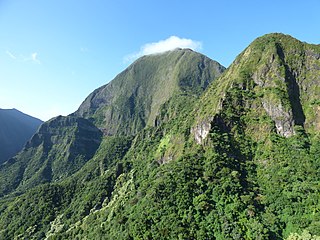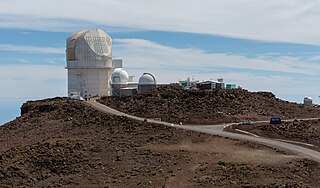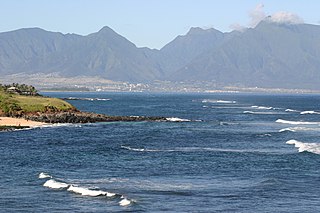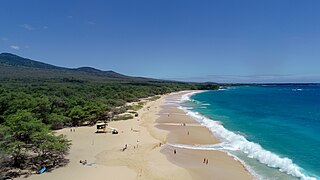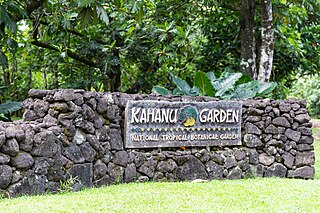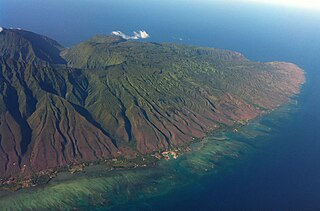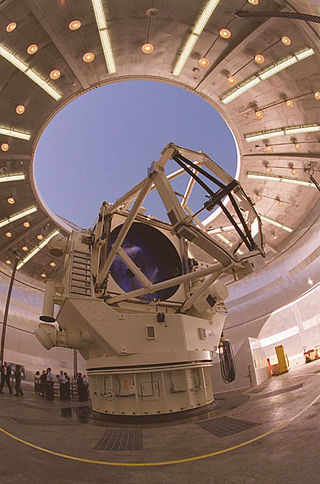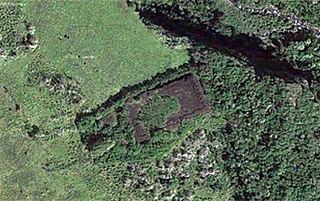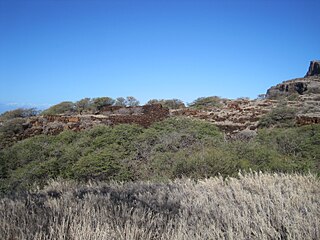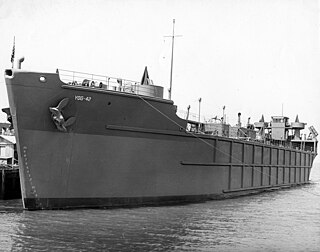14 Sights in Maui County, United States (with Map and Images)
Legend
Welcome to your journey through the most beautiful sights in Maui County, United States! Whether you want to discover the city's historical treasures or experience its modern highlights, you'll find everything your heart desires here. Be inspired by our selection and plan your unforgettable adventure in Maui County. Dive into the diversity of this fascinating city and discover everything it has to offer.
Sightseeing Tours in Maui CountyActivities in Maui CountyThe Maui Ocean Center is an aquarium and oceanography center located in Maalaea, Hawaii, on the island of Maui. Opened on March 13, 1998, by Coral World International, the 3 acres facility is the largest living tropical reef aquarium in the Western Hemisphere. Their exhibits include colorful displays of live coral reef habitats, diverse collections of endemic Hawaiian fish species, and up-close viewing of sea turtles, stingrays, sharks, and various sea creatures.
2. Pan-STARRS
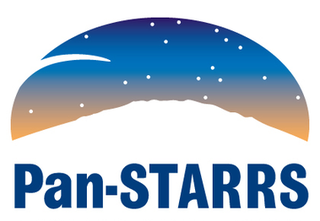
The Panoramic Survey Telescope and Rapid Response System located at Haleakala Observatory, Hawaii, US, consists of astronomical cameras, telescopes and a computing facility that is surveying the sky for moving or variable objects on a continual basis, and also producing accurate astrometry and photometry of already-detected objects. In January 2019 the second Pan-STARRS data release was announced. At 1.6 petabytes, it is the largest volume of astronomical data ever released.
3. ʻĪao Valley State Monument
ʻĪao Valley is a lush, stream-cut valley in West Maui, Hawaii, located 3.1 miles (5 km) west of Wailuku. Because of its natural environment and history, it has become a tourist location. It was designated a National Natural Landmark in 1972.
4. Las Cumbres Observatory
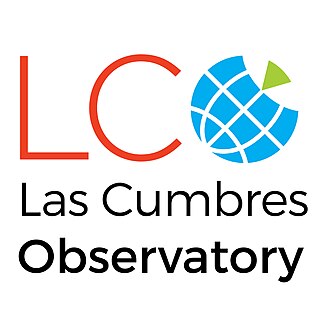
Las Cumbres Observatory (LCO) is a network of astronomical observatories run by a non-profit private operating foundation directed by the technologist Wayne Rosing. Its offices are in Goleta, California. The telescopes are located at both northern and southern hemisphere sites distributed in longitude around the Earth. For some astronomical objects, the longitudinal spacing of telescopes allows continuous observations over 24 hours or longer. The operating network currently consists of two 2 meter telescopes, nine 1 meter telescopes, and seven 40 cm telescopes, placed at six astronomical observatories. The network operates as a single, integrated, observing facility, using a software scheduler that continuously optimizes the planned observing schedule of each individual telescope.
5. Maui Komohana
The West Maui Mountains, West Maui Volcano, or Mauna Kahālāwai are the remnants of an eroded shield volcano that constitutes the western quarter of Maui. Approximately 1.7 million years old, the volcano's last eruption was approximately 320,000 years ago. Thanks to hundreds of inches of rainfall annually the mountains have undergone substantial stream erosion. The ʻĪao Valley, and it's Iao Needle are popular attractions within mountains, is accessible from Wailuku.
6. Daniel K. Inouye Solar Telescope
The Daniel K. Inouye Solar Telescope (DKIST) is a scientific facility for studies of the Sun at Haleakala Observatory on the Hawaiian island of Maui. Known as the Advanced Technology Solar Telescope (ATST) until 2013, it was named after Daniel K. Inouye, a US Senator for Hawaii. It is the world's largest solar telescope, with a 4-meter aperture. The DKIST is funded by National Science Foundation and managed by the National Solar Observatory. The total project cost is $344.13 million. It is a collaboration of numerous research institutions. Some test images were released in January 2020. The end of construction and transition into scientific observations was announced in November 2021.
7. Puʻukukui
Puʻu Kukui is a mountain peak in Hawaiʻi, the highest of the West Maui Mountains. The 5,788-foot (1,764 m) summit rises above the Puʻu Kukui Watershed Management Area, an 8,661-acre (35.05 km2) private nature preserve maintained by the Maui Land & Pineapple Company. The peak was formed by a volcano whose caldera eroded into what is now the Iao Valley.
8. Mākena State Park
Mākena State Park is a 165-acre (0.7 km2) beachside park in Makena on the island of Maui, Hawaii. Located just south of Wailea, it contains three separate beaches and a dormant volcanic cinder cone.
9. Kahanu Gardens
Kahanu Garden and Preserve is a botanical garden located on the Hana Highway near Hana, Maui, Hawaii. It is one of five gardens of the non-profit National Tropical Botanical Garden, the others being McBryde, Allerton, and Limahuli Garden and Preserve on Kauaʻi, and The Kampong in Florida.
10. Kamakou
Kamakou is a shield volcano on the island of Molokai in the U.S. state of Hawaii, with a summit elevation of 4,961 feet (1,512 m). It is part of the extinct East Molokai shield volcano, which comprises the east side of the island.
11. Advanced Electro Optical System Telescope
The 3.67 m Advanced Electro Optical System Telescope is a Department of Defense telescope at Haleakala Observatory. The telescope is part of the Maui Space Surveillance Complex (MSSC), which in turn is part of the Air Force Maui Optical and Supercomputing Site (AMOS).
Wikipedia: 3.67 m Advanced Electro Optical System Telescope (EN)
12. Loaloa Heiau
Loʻaloʻa Heiau is located in Kaupo on Maui. It is one of the few remaining intact examples of a large luakini heiau. Once the center of an important cultural complex, oral tradition attributes the construction of the temple at about 1730 AD to Kekaulike, King of Maui, who lived at Kaupo and died in 1736. Its site number is HASS-50-MA-A28-1. It was excavated in 1931. It was designated a National Historic Landmark in 1962.
13. Kaunolu Village Site
Kaunolū Village Site is located on the south coast of the island of Lānaʻi. This former fishing village, abandoned in the 1880s, is the largest surviving ruins of a prehistoric Hawaiian village. The archaeological site is very well preserved and covers almost every phase of Hawaiian culture. It was designated a U.S. National Historic Landmark in 1962 and added to the National Register of Historic Places in 1966.
14. YOGN-42
USS YOG-42 was a gasoline barge built by Concrete Ship Constructors, in National City, California. She was launched on March 23, 1943. Acquired by the United States Navy on May 23, 1943. She was assigned to the Asiatic-Pacific Theater, and survived the war. Re-designated YOGN-42 in May 1946, she was struck from the Naval Register on August 15, 1949. Sometime the next year, she was intentionally beached on the north coast of Lānaʻi in the Hawaiian Islands.
Share
How likely are you to recommend us?
Disclaimer Please be aware of your surroundings and do not enter private property. We are not liable for any damages that occur during the tours.

